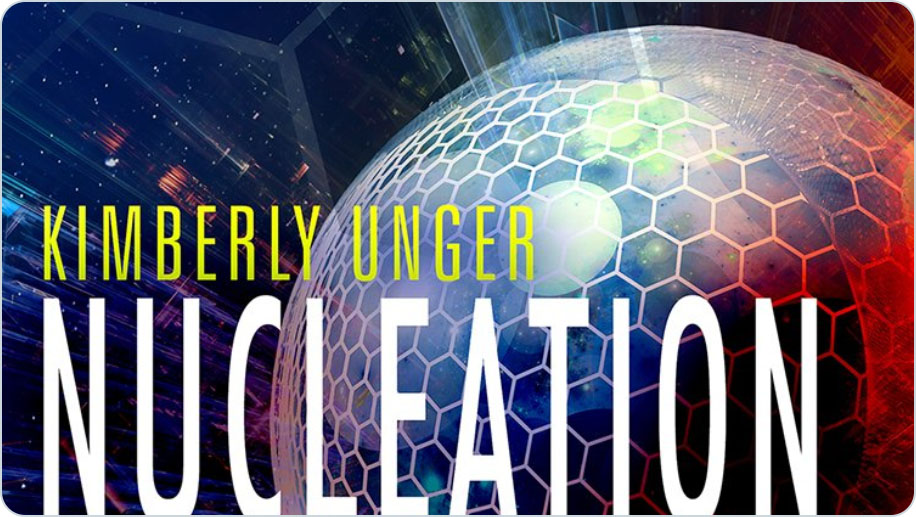
Trust me.
I want to talk a little bit about trust in the Star Wars Solo movie.
Because, at it’s core, that’s what this whole film is about.  Trust. Trust that Solo will end up where he needs to be to put him on his path to the original trilogy.  Trust between characters. Trust that the filmmakers are going to do right by the audience.
Normally, when you build out a backstory or you build a narrative for a character you spend a certain amount of time reeling the viewer in. Â You show them that one time our hero managed to fight off a pack of wild dogs with a stick of chewing gum and a whistle. You show the audience why this hero is the hero and thereby build the tension through camaraderie. Â With Solo, the audience knows already, but the other characters in the film do not. The onus of trust, the leap of faith should be placed on the characters rather than the viewers. And we, as the audience, know that our hero is up to the task. Â Our joy should come from the rest of the characters finally joining us.
And this is where it gets interesting.  Never, at any point in the film, do we (or anyone in the film other than Qui’ra, who grew up with the guy) get evidence of Han’s skill first. We don’t know if Han is a decent pilot, if he actually knows how to play cards, if he’s even capable of shooting first at this point.  We know he *will be* in the future, but this is a younger man. As an audience we are asked, repeatedly, to trust Han with only foreknowledge at our fingertips, no any real indicator of his past.  We never get to see him gamble until a critical moment depends on it, we never get to see him pilot until a critical moment depends on it, so many of these moments in the movie are relying on the fact that we know who Han will be eventually. Â
This entire movie revolves around trust.
In a heist movie full of criminals and bad-actors (the character type, not the actual actors) trust becomes the key central point. Â The entire plan holds together remarkably well until the moment that that trust is broken (by the one guy who told us not to trust him). Â Roll into that our trust in the filmmakers to get Han where he needs be by the end, to the trust that the writers and the actors understand the archetype rogue that Han Solo has become after so many decades as a part of the public consciousness, this film takes that one core idea and threads it through all levels of the experience. Â



